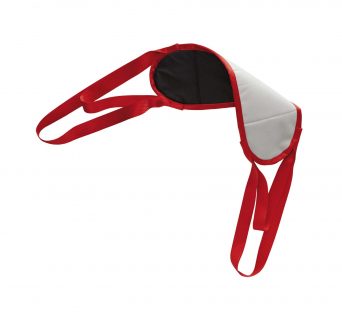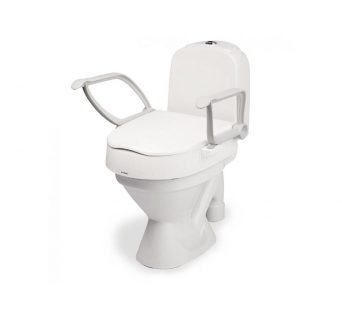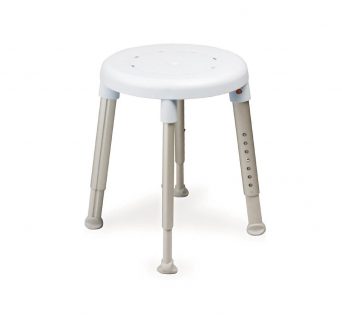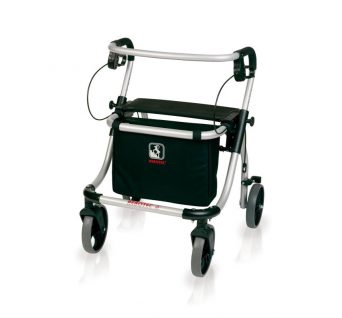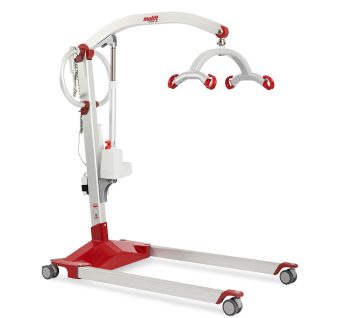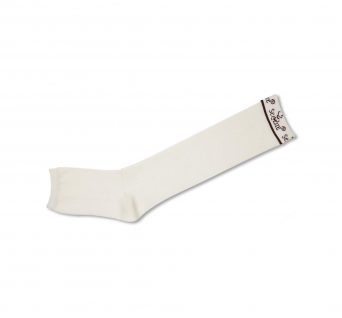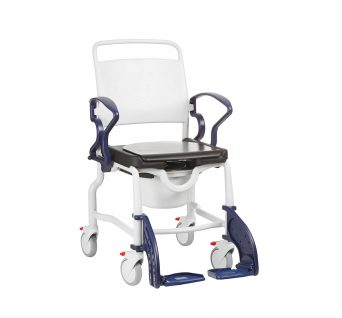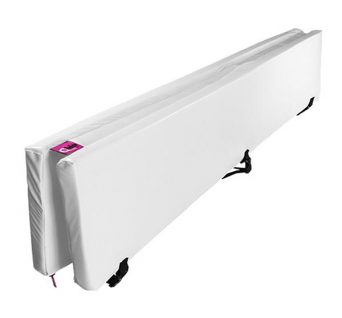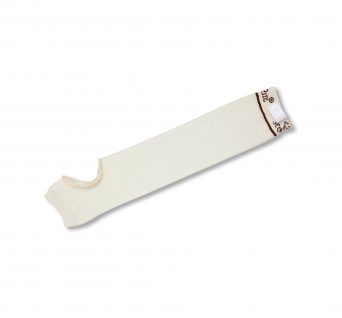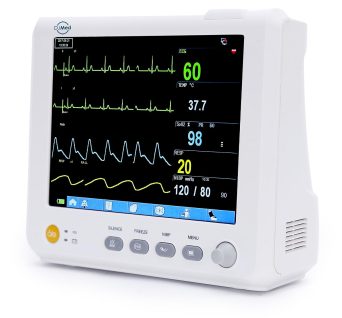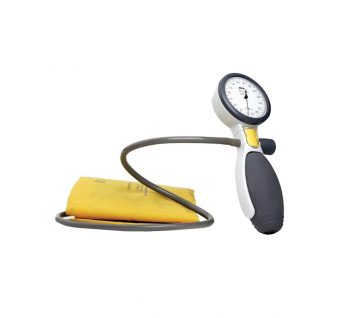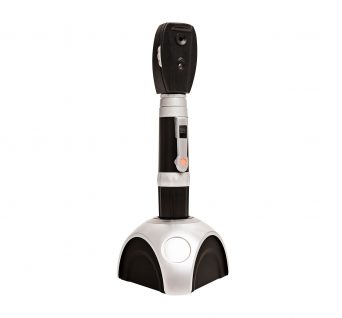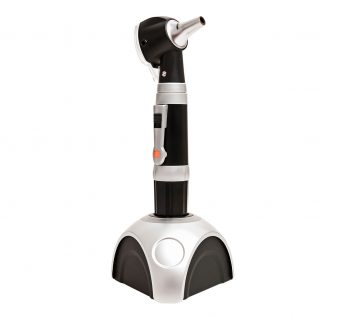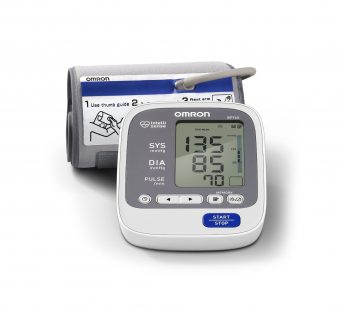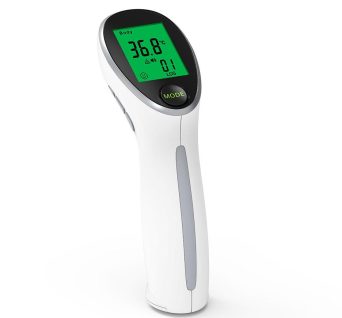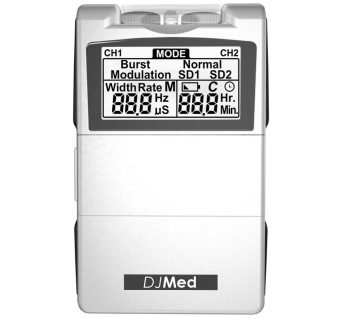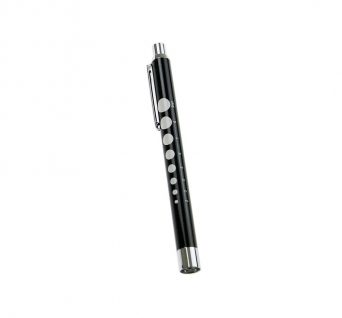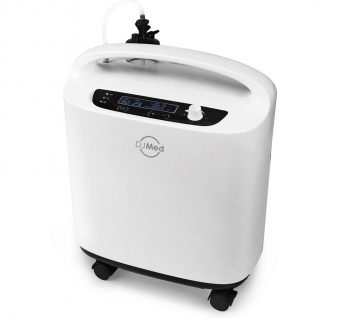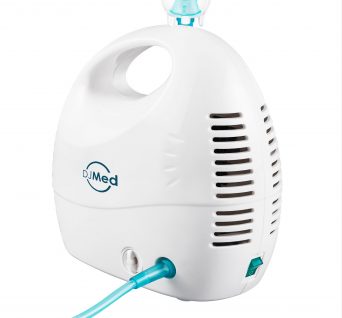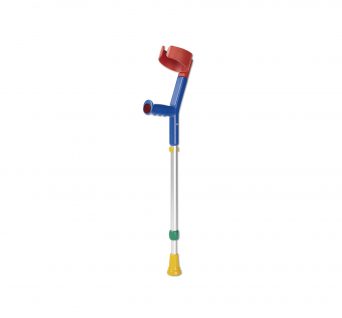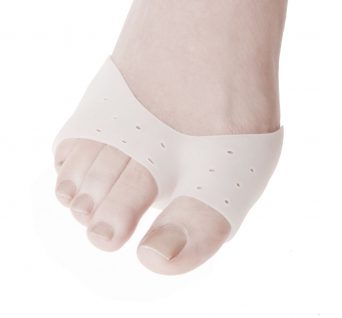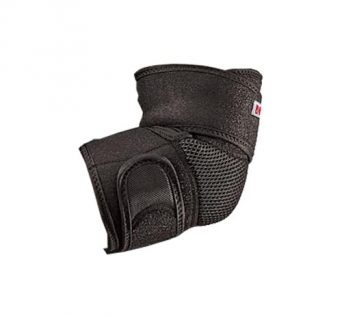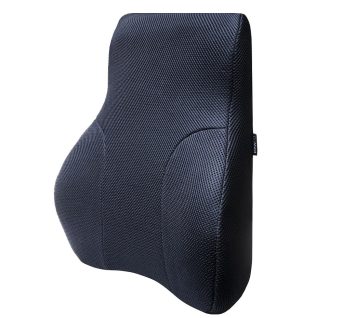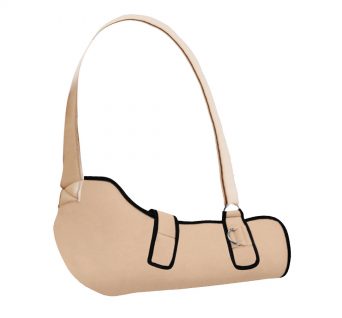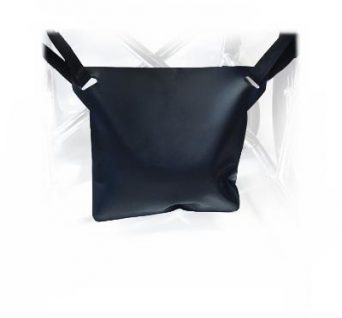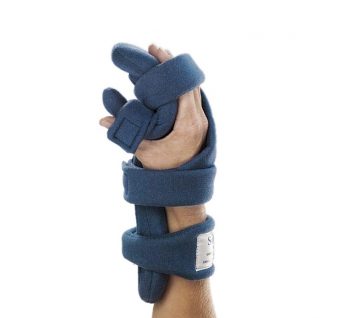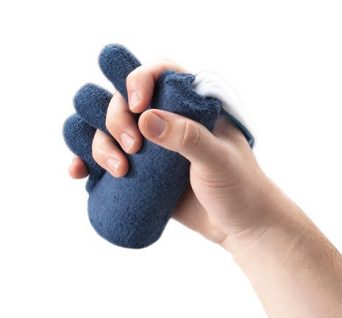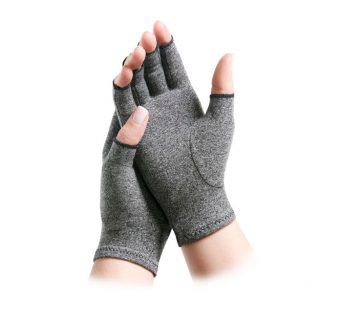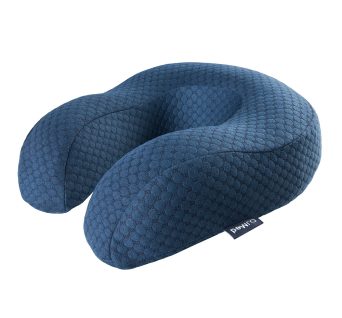No products in the cart.
Wrist Splints
Showing all 2 resultsSorted by popularity
- Wrist Splints
SoftPro Functional Hand & Wrist Splint
Comfortable – Static Position – Antibacterial Fabric – Removable Cover
For an adjustable and comfortable support during mild to severe flexion contractures in a patient’s hand, wrist, fingers, or thumb, a good resting hand and wrist splint is in order. This hand and wrist splint provides patients with the gentle, but static positioning that they need to recover comfortably and quickly.
SKU: 3525 - Wrist Splints
Wrist Splint
Comfortable- Supportive, Rigid & Light – High Range Of Motion For Hand & Fingers
Wrist splint gives support to the entire thumb and wrist area. It is made with a combination of spandex and open cell urethane to offer superior support as well as comfort. Additionally, while the thumb can be immobilized, palmar flexion is still possible, resulting in a wide range of motion in the hand and full use of the fingers.
SKU: 3293
Wrist Splints, Wrist Braces, Wrist Support, Hand And Forearm Splints & Hand Orthoses
Wrist Braces are medical devices that are wrap all around the wrist, they are rigid or soft and help treat or prevent injuries. A wrist brace can be used to ease pain and stiffness from chronic conditions such as carpal tunnel syndrome, tendinitis, and arthritis; they also protect, support, immobilise or compress the wrist joint, ligaments, and bones during injury rehabilitation.
Two rows of small bones made up human wrist that is connected to each other and tight ligaments bands the bones in the forearm and hand. The hands and arms are attached to eight small bones with the help of tendons. Any damaged part of this complicated joint can certainly cause pain and affect the person’s ability to use the hand and wrist. The pain may range from debilitating to mildly irritating.
Wrist sprains, strains, and broken bones may be because of sudden accidents or falls. Wrist pain may be because of various medical conditions like osteoarthritis, gout, bursitis, tendinitis, tenosynovitis rheumatoid arthritis, carpal tunnel syndrome, and from long-term repetitive stress.
Wrist splints are often recommended for treatment of sprains and strains of the wrist and the stable treatment fractures of the distal radius and the carpal joints. Splints may be used for post-operative rehabilitation & immobilisation and carpal tunnel syndrome. Other supporting wrist brace or a splint may be recommended to control wrist drop and to support injured or weak wrists after cast removal.
Even when the wrist is immobilised, most splints and wrist braces allow hand and finger function.
Hand and Wrist Orthoses Address Abnormal Tone or Contractures
Muscle spasticity, muscle weakness, and coordination problems may contribute to contracture during childhood, or later as an adult. A contracture may be spasticity or also referred to as mild to severe. This can result in joint dislocation or joint deformities, or partial dislocation; inhibit bone growth and cause bones to bend.
Orthoses are used to address contractures or abnormal tone by positioning the wrist in a neutral position and the hand in extension. Wrist splints can be used to treat wrist instabilities and support a weak or flaccid wrist. Physical therapists address the complications of contractures and abnormal tone by working with patients.
Treatments for Wrist Pain
All wrist pain does not require medical care. Rest, ice and over-the-counter pain medications or alternative treatments are usually enough to reduce the pain of minor strains and sprains. Simple home care method using the acronym P-R-I-C-E may be useful to relieve short-term joint pain.
Protect the joint using wrap or brace. Rest the joint and ice it for 15 minutes several times a day. (Protect the skin by wrapping the ice in a towel.) Use an elastic wrap to compress the joint. Elevate the joint above the level of the heart.
If pain and swelling become worse or last longer than a few days, it’s wise to see your doctor. Poor healing and reduced range of motion are due to delays in diagnosis and treatment.
If needed to improve your diet seek the advice of a nutritionist and follow the advice of your healthcare provider for wrist pain or injury as always.
Specialised Types of Wrist Braces Available Include:
Cock-up that will prevent flexion and hold the wrist in that neutral position, geriatric and other hand orthose to treats finger or thumb contractures, wrist flowing stroke or trauma injury. Hand and wrist orthose designed to use optional finger separators and to promote skin integrity and finger abduction. Sporting braces designed to provide supplemental wrist support for athletes. Adjustable for different size users and provide both support and compression.
